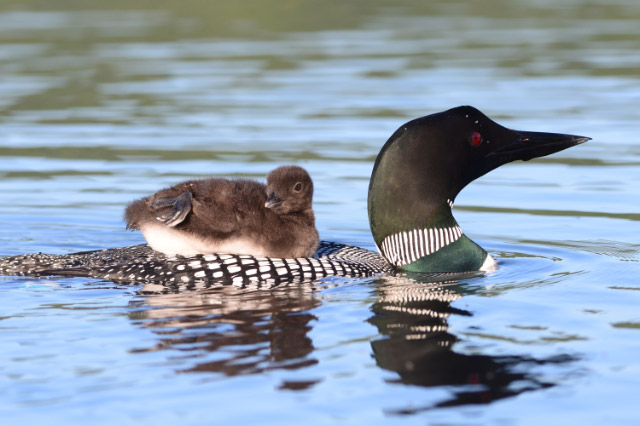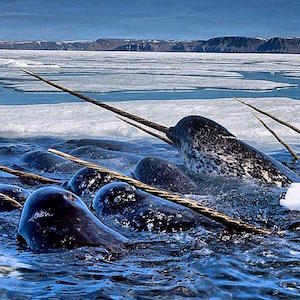~Bathroom Quote
BREAKING: New DNA Testing on 2,000-Year-Old Elongated Paracas Skulls Changes Known History Ancient Origins
The tech giant is using the leafy green machine from Freight Farms to feed and educate its employees
Wasps are a threat, often putting us at risk of a sting. But wasps lead exemplary lives, and they're responsible for a great shift in cultural history. Humble wasp
The tech giant is using the leafy green machine from Freight Farms to feed and educate its employees
Wasps are a threat, often putting us at risk of a sting. But wasps lead exemplary lives, and they're responsible for a great shift in cultural history. Humble wasp
What birds do for fun ... Repeated Wagga wagga type fun ...
Cinammon may improve learning skills target alzheimers parkinsons mild cognitive impairment
For 90 years, lightbulbs were designed to burn out. Now that’s coming to LED bulbs BoingBoing
What You Need to Know About the World’s Water Wars National Geographic
Farmers Are Still Fighting For The Right To Fix Their Own Tractors Jalopnik
No More F***** Farmers’ Markets’. Foodie localism loves farming in theory, but not in practice Aeon. Quelle surprise! Farming is physical work.
The Italian Region Where Co-ops Produce a Third of Its GDP Truthout
Every culture has rules and taboos about food, but moralizing about what we eat is most evident in cultures with a dichotomy between pleasure and virtue and organic food ...
No More F***** Farmers’ Markets’. Foodie localism loves farming in theory, but not in practice Aeon. Quelle surprise! Farming is physical work.
The Italian Region Where Co-ops Produce a Third of Its GDP Truthout
Functioning ‘mechanical gears’ seen in nature for the first time University of Cambridge
Every culture has rules and taboos about food, but moralizing about what we eat is most evident in cultures with a dichotomy between pleasure and virtue and organic food ...
New Zealand to exterminate all introduced predators
Corn crops are important to Iowa, and the faster they grow, the better. When Iowa Sen. Chuck Grassley posted a tweet crediting GMOs for the state's taller corn, an Iowa newspaper stepped in with a well-researched fact check.
Via Vox – by Julia Belluz, Brad Plumer, and Brian Resnick, July 14, 2016: “Science is in big trouble. Or so we’re told. In the past several years, many scientists have become afflicted with a serious case of doubt — doubt in the very institution of science. Explore the biggest challenges facing science, and how we can fix them: As reporters covering medicine, psychology, climate change, and other areas of research, we wanted to understand this epidemic of doubt. So we sent scientists a survey asking this simple question: If you could change one thing about how science works today, what would it be and why? We heard back from 270 scientists all over the world, including graduate students, senior professors, laboratory heads, and Fields Medalists. They told us that, in a variety of ways, their careers are being hijacked by perverse incentives. The result is bad science…”
Corn crops are important to Iowa, and the faster they grow, the better. When Iowa Sen. Chuck Grassley posted a tweet crediting GMOs for the state's taller corn, an Iowa newspaper stepped in with a well-researched fact check.
Via Vox – by Julia Belluz, Brad Plumer, and Brian Resnick, July 14, 2016: “Science is in big trouble. Or so we’re told. In the past several years, many scientists have become afflicted with a serious case of doubt — doubt in the very institution of science. Explore the biggest challenges facing science, and how we can fix them: As reporters covering medicine, psychology, climate change, and other areas of research, we wanted to understand this epidemic of doubt. So we sent scientists a survey asking this simple question: If you could change one thing about how science works today, what would it be and why? We heard back from 270 scientists all over the world, including graduate students, senior professors, laboratory heads, and Fields Medalists. They told us that, in a variety of ways, their careers are being hijacked by perverse incentives. The result is bad science…”
Mission: Save the Environment Project Syndicate
How a Guy From a Montana Trailer Park Overturned 150 Years of Biology Atlantic
In Advanced Economies, Two-Thirds of Population Have Seen Incomes Stagnate, Study Shows Wall Street Journal. From last week
How a Guy From a Montana Trailer Park Overturned 150 Years of Biology Atlantic
In Advanced Economies, Two-Thirds of Population Have Seen Incomes Stagnate, Study Shows Wall Street Journal. From last week
Death is unavoidable and suffering is everywhere, says Julian Baggini. The only debate should be about the nature and extent of our participation. So let's talk about eating meat... Digestion
So it has come to this: An app that finds someone to pick up your dog’s poop Washington Post
So it has come to this: An app that finds someone to pick up your dog’s poop Washington Post
If you have a garden and a library, you have everything you need.
~ Cicero
EU set to hit truck groups with record fine for price-fixing Financial Times
Europe awaits last-ditch effort to save its milk farms Politico
Bees surround truck on Geary Street in San Francisco San Francisco Chronicle
Europe awaits last-ditch effort to save its milk farms Politico
Now scientists have determined that humans and their honeyguides [a kind of bird] communicate with each other through an extraordinary exchange of sounds and gestures, which are used only for honey hunting and serve to convey enthusiasm, trustworthiness and a commitment to the dangerous business of separating bees from their hives.
The findings cast fresh light on one of only a few known examples of cooperation between humans and free-living wild animals, a partnership that may well predate the love affair between people and their domesticated dogs by hundreds of thousands of years.Claire N. Spottiswoode, a behavioral ecologist at Cambridge University, and her colleagues reported in the journal Science that honeyguides advertise their scout readiness to the Yao people of northern Mozambique by flying up close while emitting a loud chattering cry.
For their part, the Yao seek to recruit and retain honeyguides with a distinctive vocalization, a firmly trilled “brrr” followed by a grunted “hmm.” In a series of careful experiments, the researchers then showed that honeyguides take the meaning of the familiar ahoy seriously.
…Researchers have identified a couple of other examples of human-wild animal cooperation: fishermen in Brazil who work with bottlenose dolphins to maximize the number of mullets swept into nets or snatched up by dolphin mouths, and orcas that helped whalers finish off harpooned baleen giants by pulling down the cables and drowning the whales, all for the reward from the humans of a massive whale tongue.
But for the clarity of reciprocity, nothing can match the relationship between honeyguide and honey hunter. “Honeyguides provide the information and get the wax,” Dr. Spottiswoode said. “Humans provide the skills and get the honey.”
Bees surround truck on Geary Street in San Francisco San Francisco Chronicle
“Not until bones have found a last resting place will shades be let across these gurgling currents, their doom instead to wander and haunt about the banks for a hundred years.”
Drone disguised to look like wildlife
How Hydroelectric Power Kills Insects, and Why That MattersPacific Standard

Biotrap is the world’s first 100% biodegradable mosquito trap Inhabitat
The visual discovery
app Blippar helps you discover a plant's name, genus, native region and more
The FarmBot makes it
possible to digitally design and set-up a garden from almost anywhere
